STAY UPDATED
Skin of the area is slightly red but intact
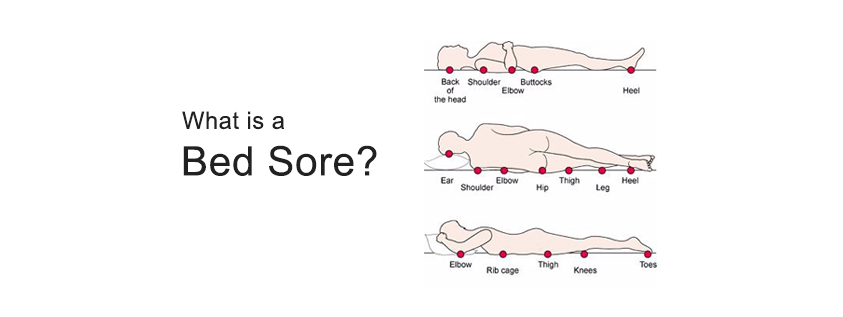
Pressure sore/ bed sore is a local injury to the skin and underlying tissues over the bony prominence due to continuous and longstanding pressure while someone is lying on the bed or sitting on the chair.
Most common:
Other less common sites are:
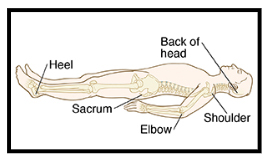
1) Paraplegic pts:
These patients partly or fully unable to move or feel their body parts especially arm hands thigh legs etc and can’t take turn or sit on their own in the bed and wheelchair.
2) Physically weak, sick and bed ridden patients:
but they are not paraplegic Patients, who are bedridden, may be due to age, some fractures, acute illness, major operations etc
In a Normal Person, if there is prolong pressure at some site of the body the patient will start feeling discomfort and little pain, and the patient will react and change the position accordingly and get rid of developing bedsore.
But in case of paraplegic or bedridden patient, the patient will not be able to move the part by himself/herself that leads to decrease in Blood and Oxygen supply to the area, death and Gangrene formation in that area, initially it affects skin and underlying fat but as the pressure continue to increase the deep muscles and bones will also get involved.
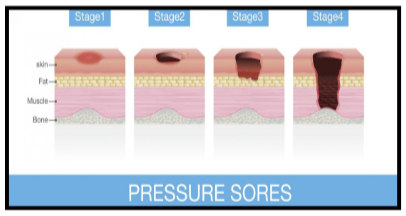
Big YES but Needs lots of care and understanding
Avoid continue and longstanding pressure on the sites of bedsores using following measues:
Frequent change of patient position by the nurse/ helper / attended round the clock
Most Important
It is happening because there is some deficiency in preventive care. (Practically sometime not possible due to various reasons)
1) Continue all preventive care for early bedsore stage 1or 2
Local care of area with application of some ointment or little dressing. for bedsore of stage 3 &4
In this skin and underlying tissues are dead and gangrenous so require surgical removal of dead tissues and regular dressing , antibiotics etc. In large sores it finally lead to large deep wound.
If small and not much deep- Can heal with dressings
If large and deep- Can heal with dressing (But take months)
BETTER IS- Wound closure by surgery if possible
Ans. VAC dressing is an specialized FOAM dressing which is attached to a pipe and to a negative pressure function machine which works for round the clock. It has many advantages over normal dressings:
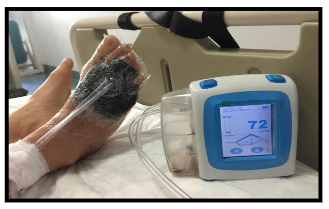
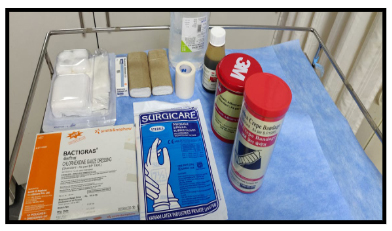
Can I do bedsore dressing of my patient at home as I am non medicos?
Yes, but to some extent and need little understanding what to do and what not to do that too under supervision of medical expert.
Bed sore has iceberg or bottleneck type phenomena. What is that?
It mean that on the skin what damage visible is much less then on the deeper part. Pressure causes much more damage to deeper tissue.
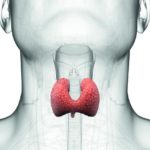
 Expert Physiotherapy at Home
Expert Physiotherapy at Home